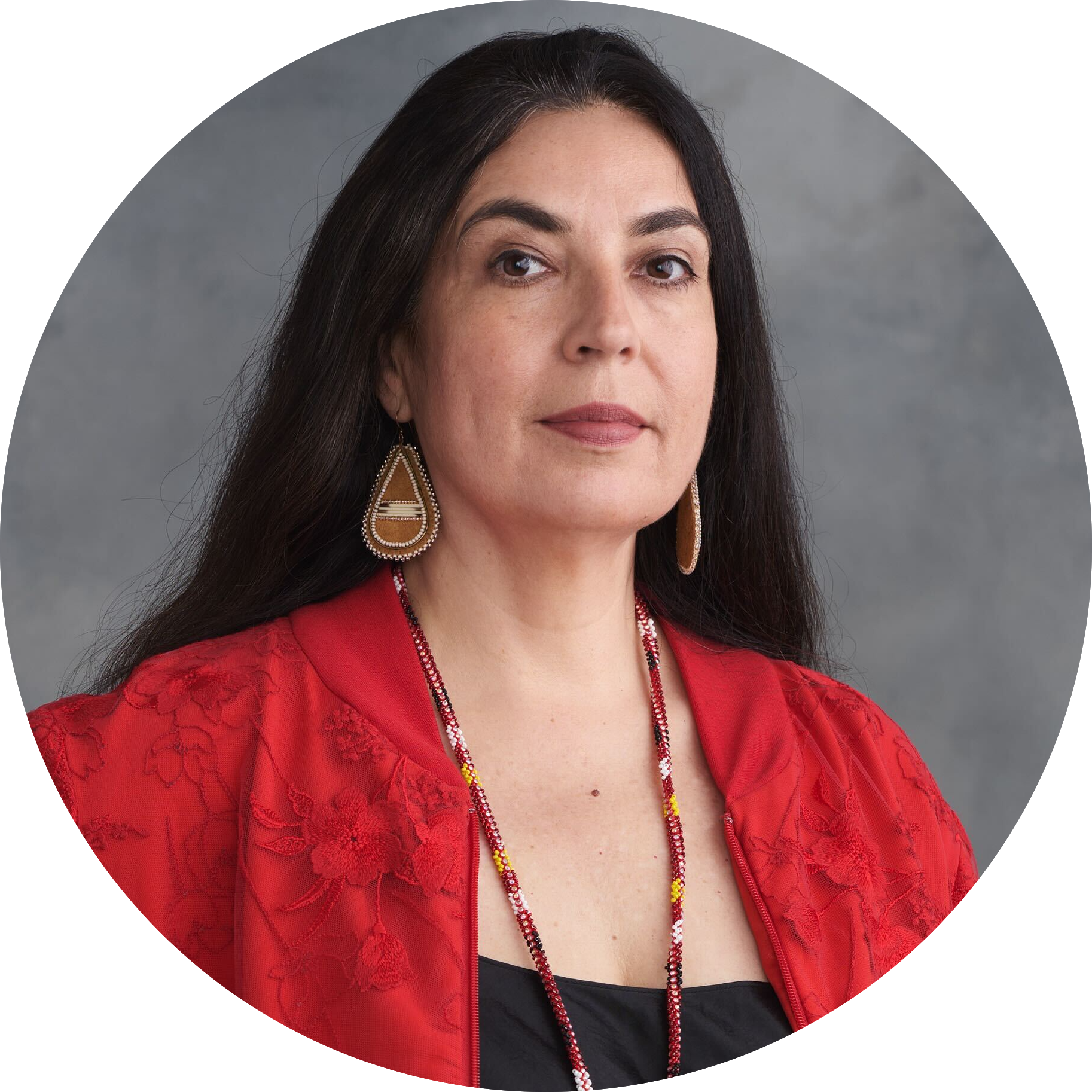
B.C. Supreme Court rules logging company can’t claim financial losses due to conservation
Forestry giant Teal sued for $75 million in compensation after old-growth trees on Haida Gwaii...
Imagine finding someone you’ve never met digging through your backyard, looking for gold. You tell them it’s your property, but they don’t leave. Instead, they tell you they’re allowed to be there because they’ve made a mineral claim on your land — and they’re right.
B.C.’s current system, governed by the Mineral Tenure Act, allows almost anyone to make an online mineral claim to explore an area for minerals and have rights over what they find. They don’t have to consult or alert First Nations or private property owners if the claim is on their land.
The Gitxaała Nation and Ehattesaht First Nation are fighting to change that.
The two First Nations start presenting their case against how the province gives out mineral titles on their land Monday at the B.C. Supreme Court in Vancouver. Hearings are scheduled over the next two weeks and a decision will likely be held for a later date.
“The current regime does not allow for consultation or engagement,” said elected Chief Councillor Linda Innes (Lougagwelks) of the Gitxaała Nation. “When mineral tenures are granted within our territory, we are not aware at all. There’s no notification from the Crown or the proponents.”
The Gitxaała Nation and Ehattesaht First Nation argue the current system is based on a “colonial holdover” that allowed mineral claims to be made in their territories without consultation. Gitxaała estimates more than 70 per cent of their territory is “open for staking” under the current regime.
Gitxaała is asking for mineral claims in their territory to be quashed — they want the online mineral and title system suspended in their territory, and a declaration the Crown failed to meet their duty to consult with their leadership as required by B.C.’s Declaration on the Rights of Indigenous Peoples Act.
While the case may result in legal orders specific to Gitxaała territory, it could send a strong message for timely reform of the Mineral Tenure Act as a whole, Jessica Clogg, executive director and senior counsel at West Coast Environmental Law, said in an interview. Clogg is part of the legal team representing the Gitxaała Nation.
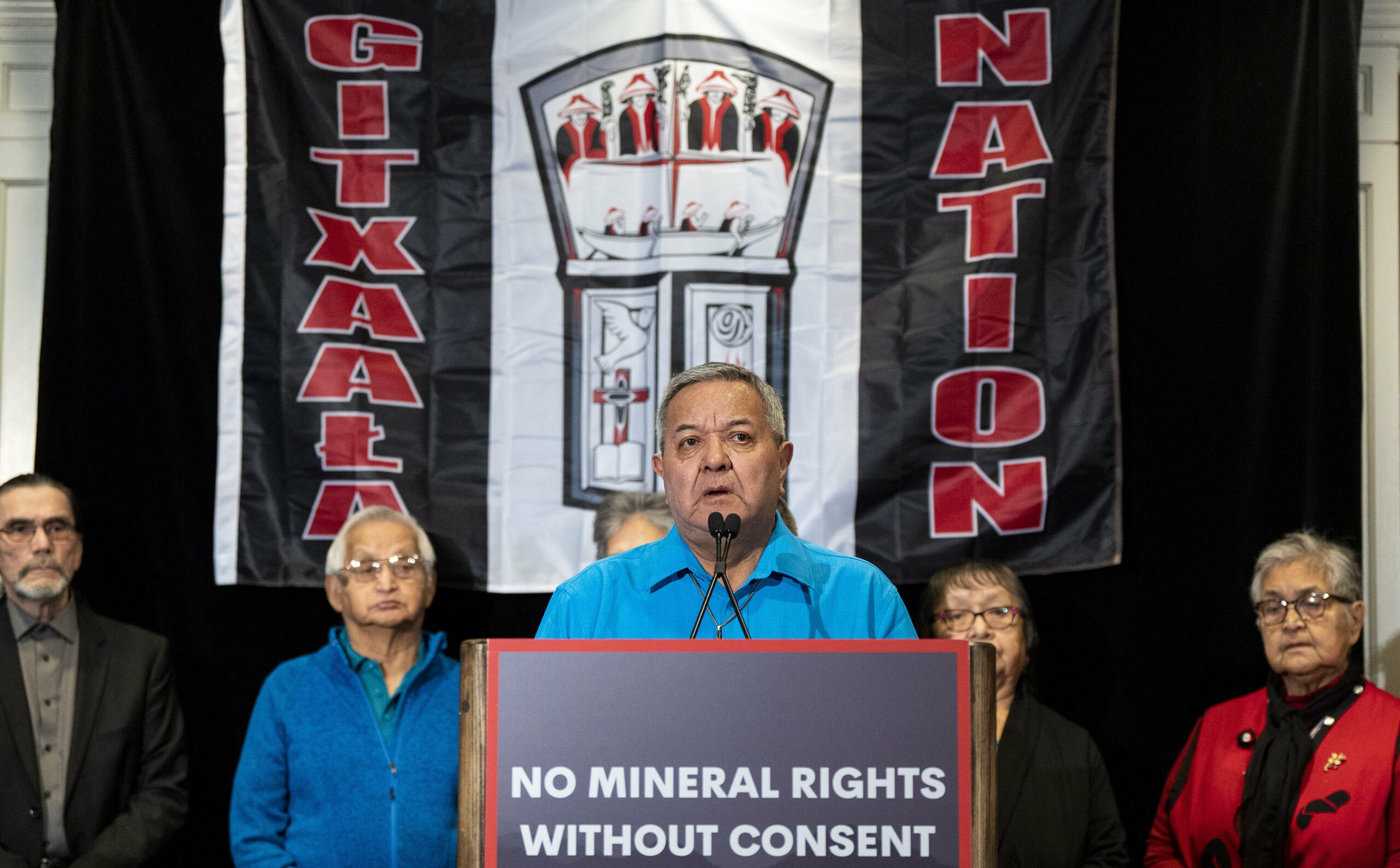
The case is also the first time the courts are being asked to consider how to interpret B.C.’s Declaration on the Rights of Indigenous Peoples Act. The outcomes could set the stage for a process towards aligning the Mineral Tenure Act with the United Nations declaration, as well as other laws in the province, Clogg said.
“The Crown is giving away our title and access to the territory without our involvement, without our consent, without consultation,” Innes said. “The Mineral Tenure Act is such an antiquated law. It’s been broken since its inception.”
Exploration activities have gone on for decades, “without notice to Gitxaała, without Gitxaała’s consent and generally without Gitxaała’s knowledge,” reads the Gitxaała and Ehattesaht petition. Mineral claims go back to the 1960s and throughout the 1980s multiple exploration companies drilled and searched in their homelands for gold and diamonds.
Gitxaała points to Yellow Giant Mine on Lax k’naga dzol (Banks Island) as an example of how the current process can go horribly wrong. The small island, which sits off the northernmost coast of B.C., has been part of the Gitxaała First Nation’s homelands since time immemorial. It’s the community’s breadbasket, where members harvest salmon and halibut, seaweed, giant mussels and medicinal plants.
The island was renamed in the late 18th century by “foreign visitors” to Banks Island, explains Innes. “The problems go so far back that it erases our culture, it erases our existence,” Innes said, adding B.C.’s Mineral Tenure Act is doing the same thing.
Despite objections by the Gitxaała Nation, Yellow Giant Mine was built. “In some cases, the Crown provided for no engagement whatsoever,” reads Gitxaała’s written submission. In one example, “the Crown merely sent two emails to Gitxaała, then issued an exploration permit” in 2011 for Banks Island Gold, the company behind Yellow Giant Mine. The emails were sent during harvest season and no follow-up was done after the permit was issued, according to the claim.
A few years later, in 2014, a mining permit was issued and Yellow Giant Mine was heralded as a key contributor to the province’s resource economy by the provincial government. The province committed to ensure the project was environmentally sustainable and celebrated the speed at which the company got the green light to build a mine. “By working together, we can complete the permitting requirements for this type of project in a more timely fashion. Today, by utilizing a more effective review and consultation process, we are able to help mining companies create local jobs faster,” Steve Thomson, then the minister of forests, lands and natural resource operations, said at the time.
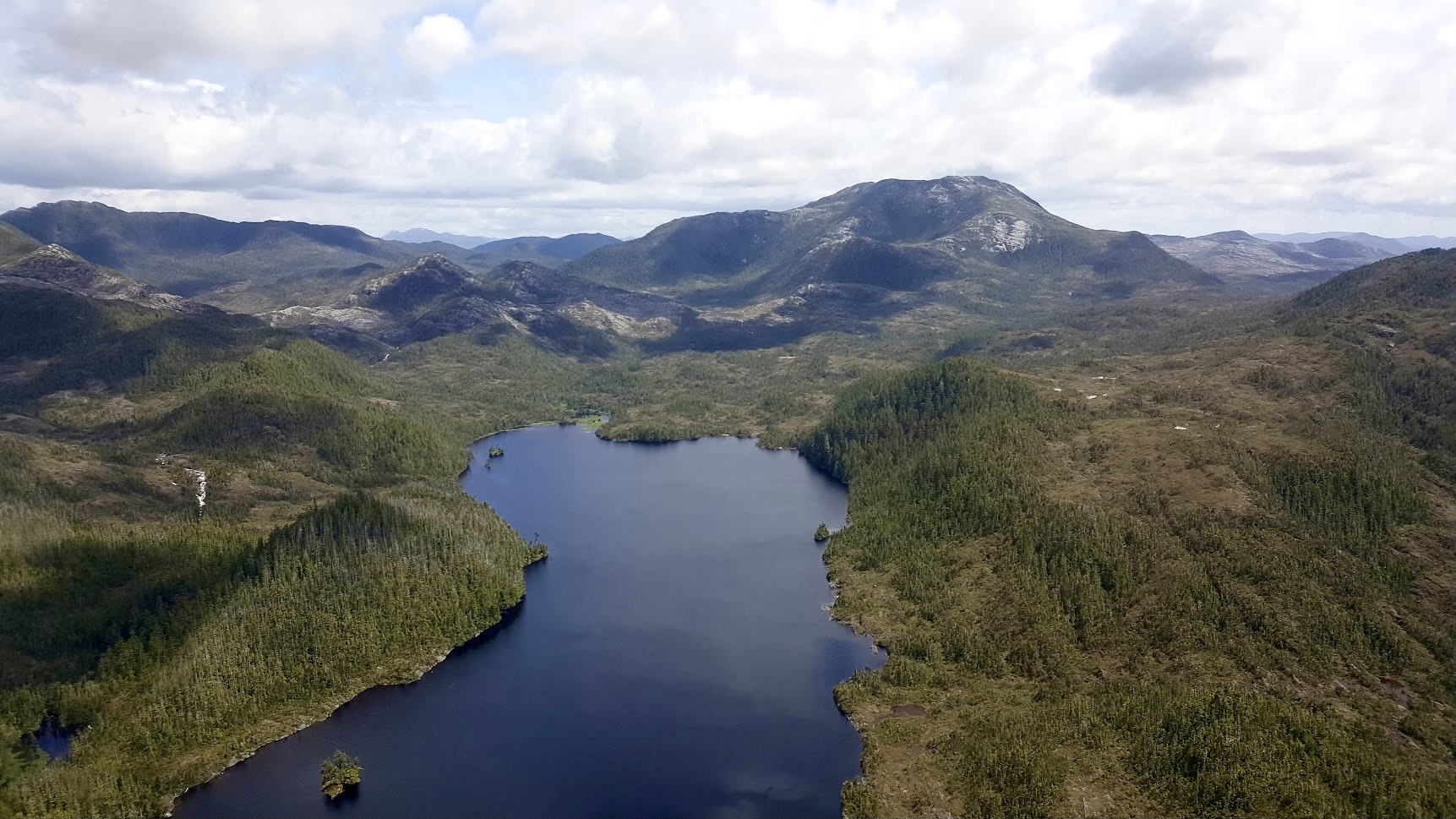
But just over a year later, in 2015, it was discovered 240,000 litres of toxic discharge were intentionally released into the forests, lakes and streams. Banks Island Gold went bankrupt and the area remains mostly unremediated today.
“The damage is severe, it’s almost non-repairable. For a few years, our people couldn’t harvest their food in that area because of the tailings discharge, into the ocean, right into the harvest bed,” Hill previously told The Narwhal.
The government’s poor management of mining has led to a failure to properly clean up and deal with the aftermath of mining projects, the claim reads. The government collected about $420,000 to cover the clean-up costs for the exploration and mining at Yellow Giant Mine. The clean-up costs are now estimated to be more than $2.3 million.
After the spill at Yellow Giant Mine, claims and technical mineral exploration continued in Gitxaała territory without consultation with the First Nation.
“The problems begin when the mineral claims are granted without our knowledge or consent,” Innes said. If the mining industry and the Crown want certainty in future developments, “there needs to be consultation, there needs to be engagement,” she added.
What happened at Yellow Giant Mine is not the norm for industry operating today, according to Kendra Johnston, president and CEO of the Association for Mineral Exploration. In an interview with The Narwhal, she said the industry has come a long way in the last decade and conversations about permitting and clean-ups happen earlier in the process.
The Association for Mineral Exploration has represented the mineral exploration industry since 1912. It’s part of a coalition of industry groups intervening in the court case, arguing the current system, known as “free entry” should be maintained. (An intervenor is a group or individual allowed to make legal arguments in a case that was not involved in bringing the case forward.)
“We want to make sure that industry can keep running while we sort out and modernize the Mineral Tenure Act,” Johnston said.
In recent years, the provincial government has committed to reform and modernize the Mineral Tenure Act. In Premier David Eby’s most recent mandate letter to Josie Osborne, minister of energy, mines and low carbon innovation, he asked Osborne to prioritize the “co-development of a modernized Mineral Tenure Act with First Nations and Indigenous organizations, in alignment with the [Declaration on the Rights of Indigenous Peoples Act] Action Plan commitment.”
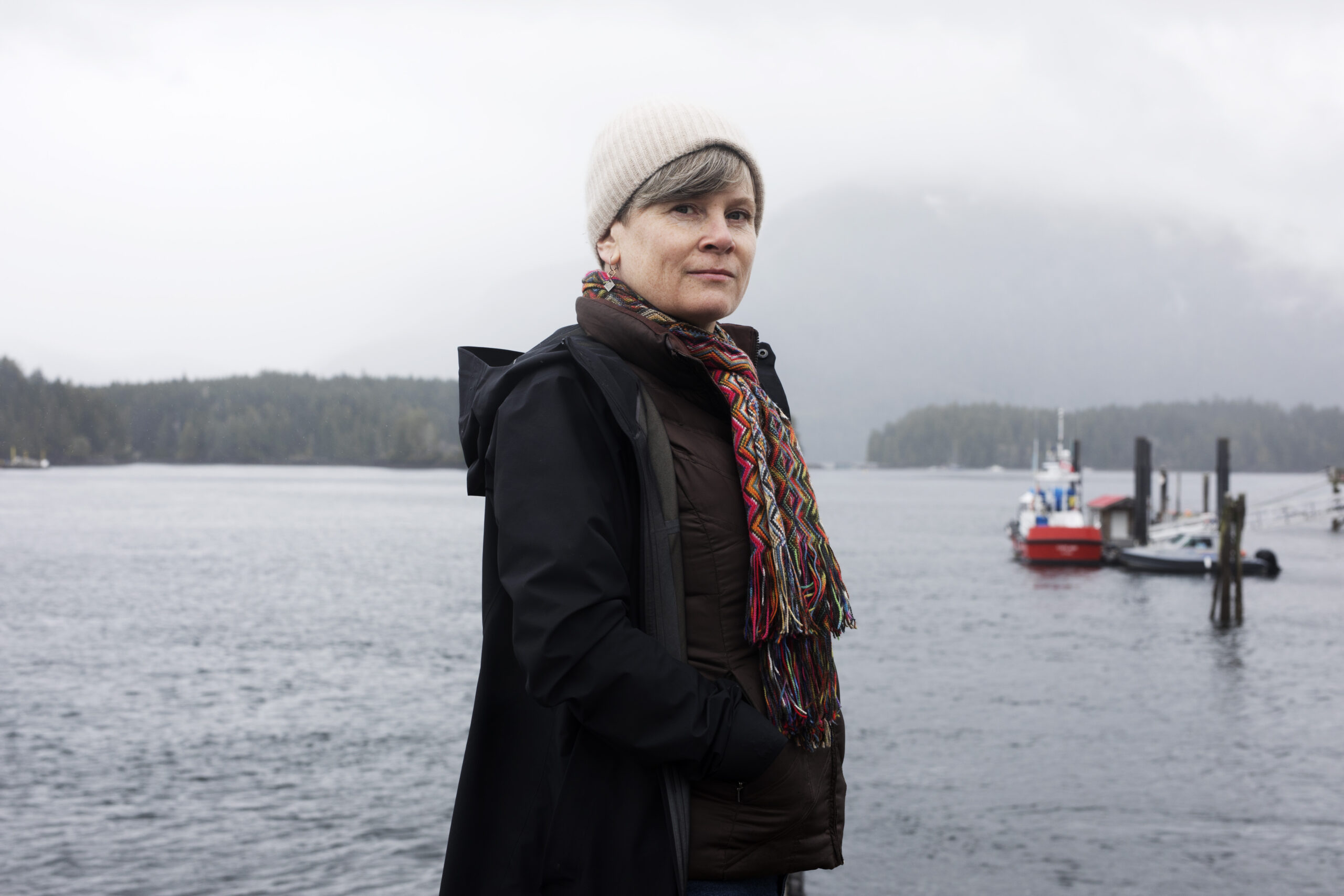
In the courthouse, the province is arguing that giving away mineral rights does not trigger the duty to consult. It also argues immediately aligning the Declaration Act with B.C’s laws can’t be enforced in court, rather, it’s a “framework for reconciliation” and a “legislative intention” that Indigenous Peoples and government work together in consultation and cooperation to implement.
Clogg said reading and hearing the province’s arguments brought her a heavy heart.
“The distance that we have to travel is still really great, despite all the political promises,” she said. For years she’s heard calls for reform from local governments as well as Indigenous, environmental and community groups. Without clear legal direction and remedies from the court, it’s hard to believe the provincial government will have the political will to act and make change, she said.
Clogg does not anticipate the court would tell B.C. and Indigenous Peoples how they should go about aligning the mineral tenure act with the United Nations declaration. She’s hoping the government will simply make a declaration that there is a problem and a lack of alignment. “Which should seem quite straightforward with this incredibly colonial piece of legislation; and yet B.C. does not yet seem ready to go there,” Clogg said.
When asked for an update on that promise and how this priority aligns with the province’s current legal arguments, the Ministry of Energy, Mines and Low Carbon Innovation said it can’t comment on matters before the court.
“We can say that the province is committed to working in consultation and cooperation with all Indigenous Peoples and in alignment with the Declaration Act and the United Nations Declaration on the Rights of Indigenous Peoples,” the ministry said in an emailed statement. The province committed to modernizing the Mineral Tenure Act in March 2022 and said, “work has begun and is being done in consultation and cooperation with Indigenous peoples.”
Typically, an exploration project starts with geologists doing research and hypothesizing about what minerals and quantities could exist in an area. They then make a claim. The claims often cover an area “much larger than they need just to make sure that they will be able to explore it,” Johnston said. Prospectors might start looking in one area and end up finding something viable 20 or 30 kilometres away.
Being able to make large claims prevents other competing exploration companies, who might be watching, from coming in and claiming adjacent areas.
It’s that small area of competitiveness in the very early stages of exploration Johnston said the industry wants to maintain. If an exploration company had to disclose to a First Nation, or any individual, details about its plans and what it wants to explore, it’s “opening the door for your theories and hypotheses to get out to the wider public,” Johnston said.
Exploration has very little disturbance on the vast majority of land and does not mean a mine will be built right away, Johnston said. The process can take decades and only about one in 10,000 exploration projects ever become a mine, she explained.
At the centre of this case for Johnston is the exploration industry’s relationship with First Nations and the Crown.
“We advocate all the time to engage early and often,” Johnston said. “That is the number one best advice we can give any prospector or explorer in B.C.”
Consultation with Indigenous communities does happen if the claim holder wants to use bigger tools they can’t operate by hand which will impact the land, according to a submission by the government.
While making a claim online doesn’t mean a mine will be built, maintaining that claim and going out and prospecting certainly has an impact, according to Jamie Kneen with MiningWatch. MiningWatch is part of a group of intervenors representing a broad coalition of environmental non-governmental organizations in support of the First Nations’ petition.
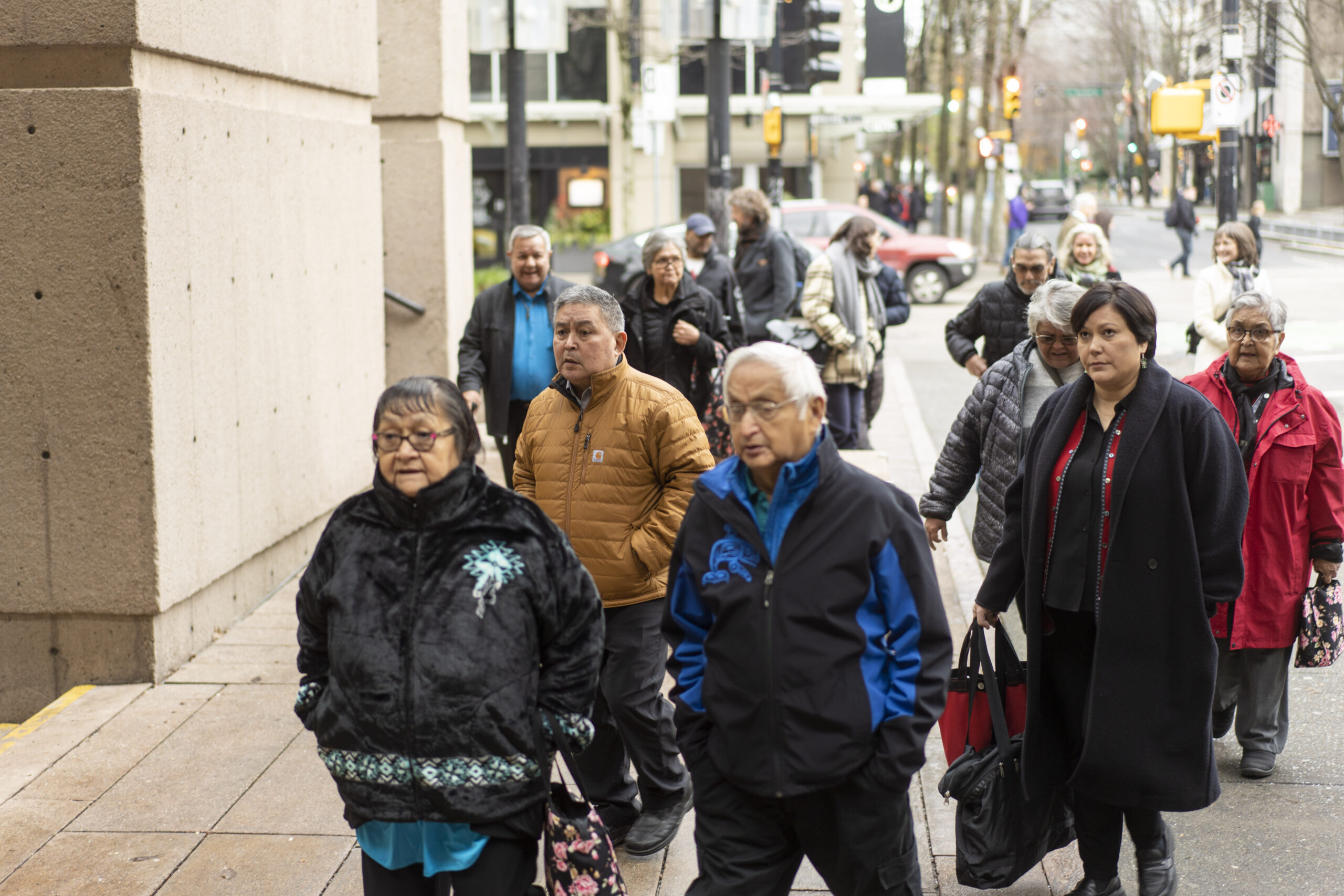
Mineral titleholders are limited in what they can do on the land, but activities can include surveying, digging trenches, drilling with handheld tools and pitching tents or campers. There could be people flying helicopters, building roads, creating new access points and opening the area to more traffic, Kneen said. These activities could disrupt wildlife, hunting and harvesting and there is no environmental assessment needed, Kneen explained.
Mineral titles can also prevent other uses of the land. “Mining is not the highest and best use of land,” Kneen said. While it can be a valid use of the land, it needs to be considered alongside other possible interests such as forestry, conservation or protecting water sources, he added. Right now, B.C. mineral titles are granted automatically without consideration of any other possible use.
B.C. should look to other jurisdictions within Canada where access to land or mineral titles have been restricted, Kneen said. In all cases the mining industry has continued to operate.
The Northwest Territories, Nunavut, Newfoundland and Labrador, Nova Scotia, Quebec and Prince Edward Island all have policy variations restricting people from entering private property to prospect or make a claim without the consent of the land owner, according to the coalition of environmental groups intervening in the case.
Johnston agrees there is room to discuss changes to the current staking system. While the association would like to see the general process of being able to pull up B.C. mineral titles online and stake a claim with the click of a button continue, it sees opportunities to improve communication with other affected parties at different stages. For example, there could be an engagement process before a company steps foot on the claim or between the time someone makes a claim and the claim is officially registered to that person or company, Johnston said.
There are two exploration companies intervening in the case “that oppose the current free-entry mining regime in B.C. and support a consent-based system.” First Tellurium, a mineral exploration company, and Kingston, a mineral exploration consultancy, submitted arguments in support of Gitxaała Nation and Ehattesaht First Nation’s petition.
Seeking consent earlier would provide more certainty to their work, their submission argues. “Building relationships and securing the free, prior and informed consent of Indigenous Peoples for mineral exploration projects because it is not only ethical, but the best form of economic certainty for all players in the industry.”
The companies point to the Initiative for Responsible Mining Assurance as a way forward. The initiative is a global coalition of mining and exploration companies and non-governmental organisations which developed internationally recognized standards for the industry.
“We believe that free, prior and informed Indigenous consent is the cornerstone for a progressive, 21st century mineral exploration industry,” Tony Fogarassy, chairperson of First Tellurium, said in a press release. “The time is now for First Nations, the Crown and industry to truly modernize the Mineral Tenure Act. … This will require real and meaningful systemic change. Reconciliation demands nothing less.”
The province said this case is ultimately focused on two things: whether the registration of a mineral claim should trigger the duty to consult and if the current system is not aligned with the Declaration on the Rights of Indigenous Peoples Act.
Gitxaała elected Chief Councillor Innes will be in court this week, alongside other members of the Gitxaała elected governing council, Hereditary smgyigyet (chiefs) and sigyidm hana’anax (matriarchs).
“We are elected under the Indian Act, which is a foreign system to our people,” Innes said. The Hereditary Chiefs are the original landholders and the elected council has a collaborative governance system that works closely with the Hereditary Chiefs to uphold Ayaawx (Gitxaała law).
“Gitxaała have never given up the inherent title, authority, jurisdiction and governance rights held by our smgyigyet over Gitxaała traditional territories,” Sm’ooygit Nees Hiwaas (Matthew Hill), a Gitxaała Hereditary Chief told The Narwhal in an email. “Gitxaała citizens wherever we reside, celebrate our history, practise our traditions, respect our laws and cherish our lands, waters and resources. The province needs to start honouring Gitxaała laws and the knowledge and wisdom of the people who have lived on these lands since creation.”
Innes hopes the colonial court process will open up a much-needed dialogue between the mining industry and First Nations to create a more positive and constructive engagement process.
“I want the industry to know, I want B.C. to know, I want everyone to know, that Gitxaala is one of the oldest inhabited First Nations on the coast,” Innes said, adding her people continue to visit and use the land. “If we continue with the bad mining that we’ve experienced, we are restricting the use and occupancy for future generations to come.”
Content for Apple News or Article only Get the inside scoop on The Narwhal’s environment and climate reporting by signing up for our free newsletter. This...
Continue reading
Forestry giant Teal sued for $75 million in compensation after old-growth trees on Haida Gwaii...

An Alberta government-commissioned report suggests oil and gas site companies may be able to install...

This story about a lawsuit involving First Nations in northern Ontario has deep roots — in...
